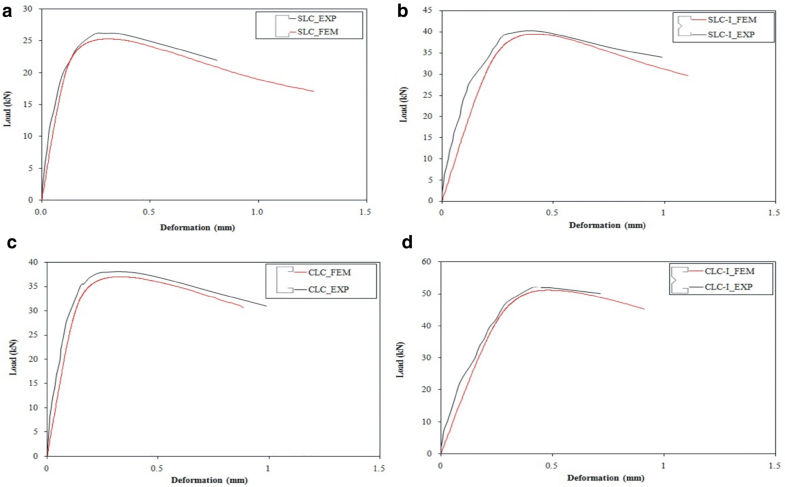
Therefore the substitute cross-section is being established and the cross-section characteristics are defined as the weighted average of the characteristics for the full section and for the section weakened by holes. These calculations are valid for the beams with the uniform cross-section only without any rules for the beams weakened by holes. First the theoretical calculations according to the design procedure listed in European standard EN and Czech national annex NB.3 are being performed. In some cases, the beams are not laterally restraint and therefore the effect of lateral torsional buckling may occur. The application of Sigma profiles is in the storage systems and expedient flooring structures as floor girders. This paper deals with the problems of analysis and the design of perforated thin-walled steel Sigma beams with respect to lateral torsional buckling (further LTB).

This comparison shows that the normal stress on both (monosymmetric and asymmetric) cross sections is the subject of the same rules – a combination of stresses inflicted by bending and torsion caused by an eccentricity between the point of load application and the centre of shear. Stresses in selected parts of the cross‐section are evaluated and compared together. This paper presents the comparison of numerical and experimental results of transversally loaded beams with monosymmetric and asymmetric cross‐sections. Several analytic methods used for evaluation of the beam bending resistance in design software were evaluated. This solution is also implemented in design codes but it is limited for use of double and monosymmetric cross‐sections.Īnother part of the paper is focused on the numerical evaluation of transversally loaded beam of one monosymmetric and four asymmetric cross‐section shapes susceptible to lateral‐torsional buckling. Currently used design methods for a solution of lateral‐torsional buckling are based on critical moment approach. The main idea of those experiments was to observe the differences in behaviour between monosymmetric cross‐section and the asymmetric one. Particularly, there are experimental tests of several beams of selected cross‐section shapes described and analysed. The goal of the research presented in this paper is the experimental and theoretical analysis of cross‐section which can be asymmetric.


 0 kommentar(er)
0 kommentar(er)
